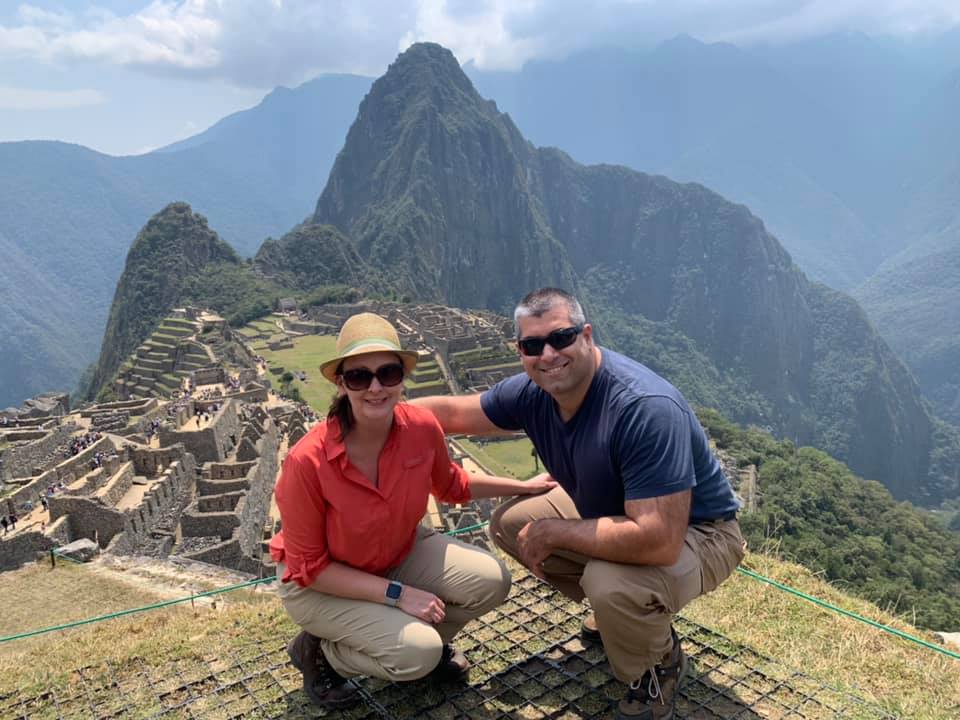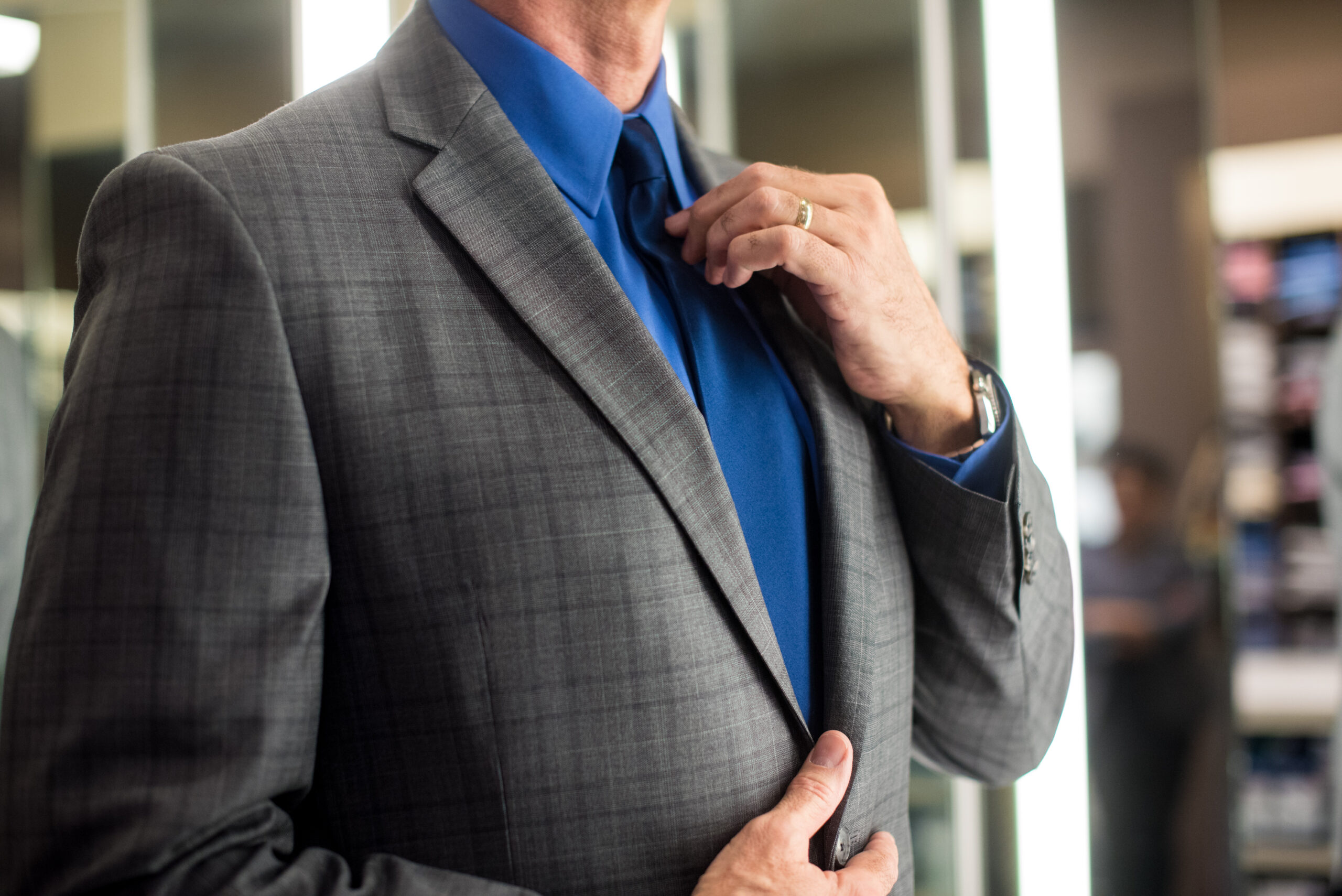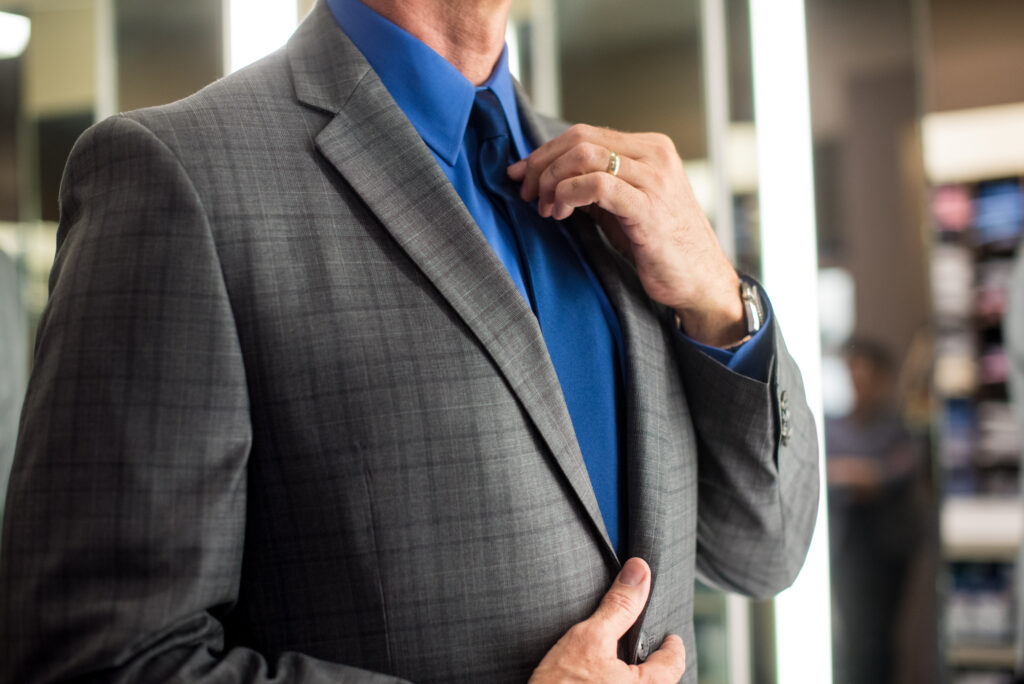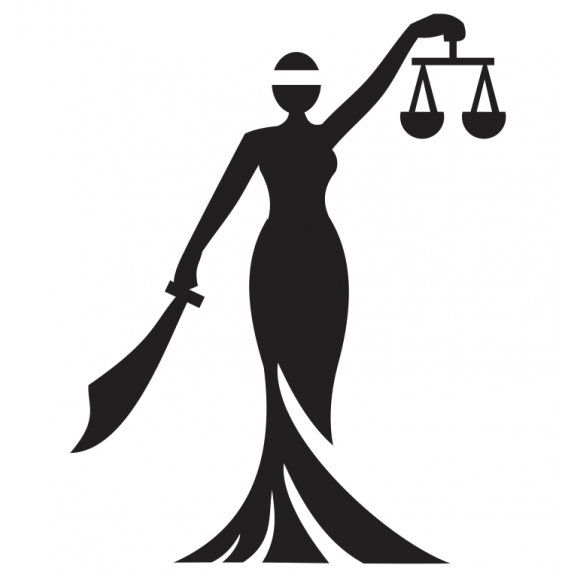Living in the Great State of Michigan it is said that you are never more than 20 miles from a major body of water; fresh water to boot! The Great Lake State has fresh water that is the envy of the world, and rightly so. Its beautiful, fun and vitally critical to life as we know it; but sometimes we take that last part for granted!

If you haven’t considered what you’d do if the water suddenly stopped flowing through your taps I’d encourage you to look into it. Keep & Bear has a wonderful Emergency Preparedness class that addresses the need for clean H2O. It is an important topic but I want to talk about something else that can be overlooked: How do you get clean water on the move?
My wife and I enjoy traveling. To date we have been to some beautiful places. In our travels we rarely go the ‘tourist resort’ route and routinely find ourselves in places lacking in the creature comforts of most of
the USA. Clean water is chief among them.
While bottled water can be available, carrying the amount needed isn’t always practical. The rivers, lakes, streams, and waterfalls may be all around, but they are often teaming with microscopic organisms hostile to the human digestive tract. The solution is finding a way to filter out the bad and keep the good.
Thankfully you and I don’t have to figure out how to do this (at least in its basic form). The wonders of the free market have done it for us. Prior to our last trip to South America my wife researched and purchased a water purification bottle. She settled on the Grayl Ultralight Compact Purifier. This bottle was designed to fit in backpacks and be easily transported. With a 16 ounce capacity it could filtered out waterborne pathogens (viruses, bacteria, protozoan cysts), including Rotavirus, Hepatitis A, Norovirus, Giardiasis, Cryptosporidium, E. Coli, Cholera, Salmonella, Dysentery along with pesticides and heavy metals. It could turn contaminated water in to drinking water in 15 seconds! Its filter is good for 40 gallons and is replaceable when its limit is reached.

Using the bottle is simple. From as clean a water source as can be found, fill the “cup” part of the device to the fill line. Place it on a firm surface, then insert the inner assembly. The o-rings at the bottom keep the water from simply displacing up and out of the cup. The downward force the user puts on the inner assembly forces the water through the orange filter housing and filter. The filtered water is then forced into the clear reservoir area where it is stored until used. The bottom o-rings and the lip at the top ensure unfiltered water doesn’t have a sneak path along the outside of the inner assembly and into one’s mouth when tilted up to drink.
With this little bottle we were able to climb Machu Picchu, hang out in Cusco, and explore the Sacred Valley of Peru. We never had to worry about our water or risked getting sick! For traveling I can’t think of a better thing to bring along. Of course its not limited to just traveling. There are many instances where something has happened to the local water supply (broken water main, contaminates in the system, Flint…) where having an effective water purifier on had would be invaluable.

I use Grayl and its line of purifiers, whether this works for you or not, I highly recommend you find one for yourself!





